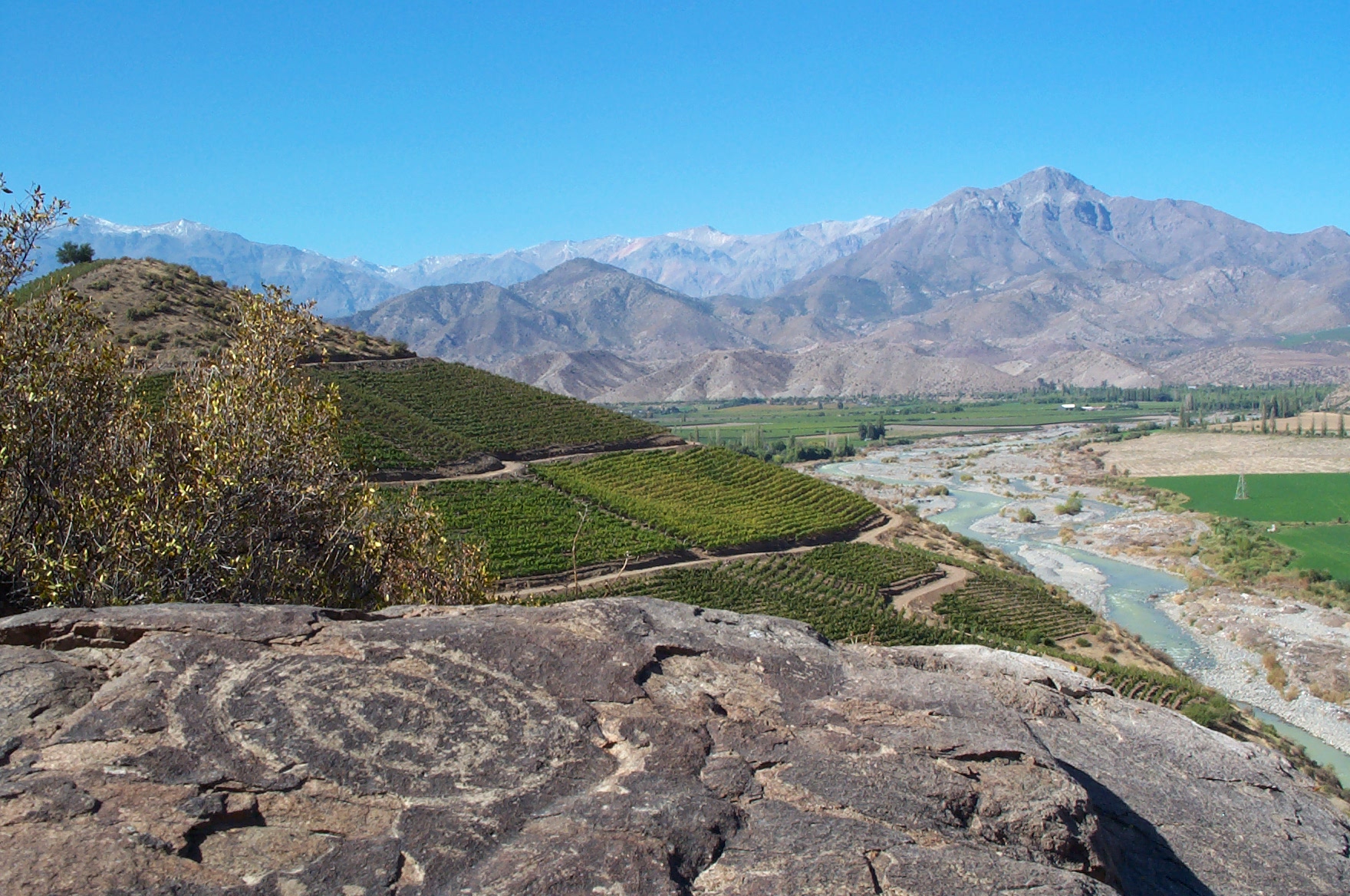

Scarce water is a factor that weighs in favor of wines from this valley. Petit Syrah, Tempranillo and other varietals grow well here as well, and some smaller winemakers are using them to great advantage.

Chile’s highest ever scoring wine is Aconcagua’s own Seña, a blend of Cabernet Sauvignon, Merlot, Carménère, Cabernet Franc, Petit Verdot and Malbec made at Errázuriz, that has outscored every other Chilean wine in international competitions. Aconcagua’s near-constant sunshine and long days are ideal for growing Chile’s emblematic Carménère grape, but that’s not all. They all referred to the landscape and the weather. What are the major influencers on wine in the Aconcagua Valley? On a recent visit to Aconcagua, as a day trip from Santiago, we asked several winemakers in the region. However, in practical application, it is sometimes held at temperatures warmer than that, not that you’d notice any degradation in the wine, which is world-renowned. In the valley, in addition to big names Errázuriz and San Esteban, there also several smaller producers, including the Swiss-owned Von Siebenthal, and the American-owned Flaherty Wines, both members of MOVI, a group of independent winemakers in Chile. Thick adobe walls and using the cool night temperatures to bring cooled air into the wines, which are ideally kept at 15☌, helps. And even though it’s close to the Andes, the Aconcagua Valley has a well-defined microclimate that is much warmer than some of the lower areas, which leads to thorough maturation, though it does require hard work to keep storage temperatures down for barreled wine. This eternally snow-covered peak is just north of the pass to drive over to Mendoza, the Aconcagua Valley’s Argentine wine-making neighbor to the east. This valley is named for Mount Aconcagua, which-at nearly 7,000 meters above sea level-is the highest peak in the Americas. In this area, long a fruit-growing and packing powerhouse, producing literal tons of table grapes, as well as peaches and other stone fruit, a gated driveway could easily be the entrance to someone’s house, to a winery, or to a processing area for the high volumes of fruit that thrive in this area. Once you turn off the main road, into the wine-growing regions of this valley, almacenes, those little grocery stores that dot every small Chilean town show up, advertising sacks of charcoal, empanadas, bread, anything a local might need. The trees become sparser and the landscape becomes more desert-like and adobe buildings start filling in as you travel north and east of Santiago.

If you close your eyes, you couldn’t be in Napa, or anywhere else. Transport, Bilingual Guide with Ecology knowledge and first aid, entrance to the wineries, and petrogliphs area as well.On a trip up and out of Santiago to the Aconcagua Valley, you can’t help but notice how very South American it is. This is a trip that you can't miss!!! Price approx. After lunch in a local place, we are going to make a short stop at Manque to see and put in practice the old technique of clay-handicraft.įinally we are going to walk a bit in a small hill which is called Paidahuen, to see part of our Indian petrogliphs signs, and to enjoy a lovely panoramic view of all the transversal colorful valley with the mountains surrounding us. Also we are going to mix up this wine atmosphere with the culture, nature and history, exploring the city of San Felipe, which was the commercial route for the Spanish conquers. Here you´ll have the possibility to taste and know more about the process of making Chilean wines, we’ll visit two wineries, one of them is the oldest that exists still in the Valley ¨Sanchez de Loria¨ and the other is more modern ¨Viña San Esteban¨. We have the pleasure to invite you to travel through the Aconcagua Valley, one of the most wonderful and attractive landscapes located just 1 hour and a half north-east of the capital. Aconcagua Valley wine trip, Nature, culture, archeology Description:


 0 kommentar(er)
0 kommentar(er)
